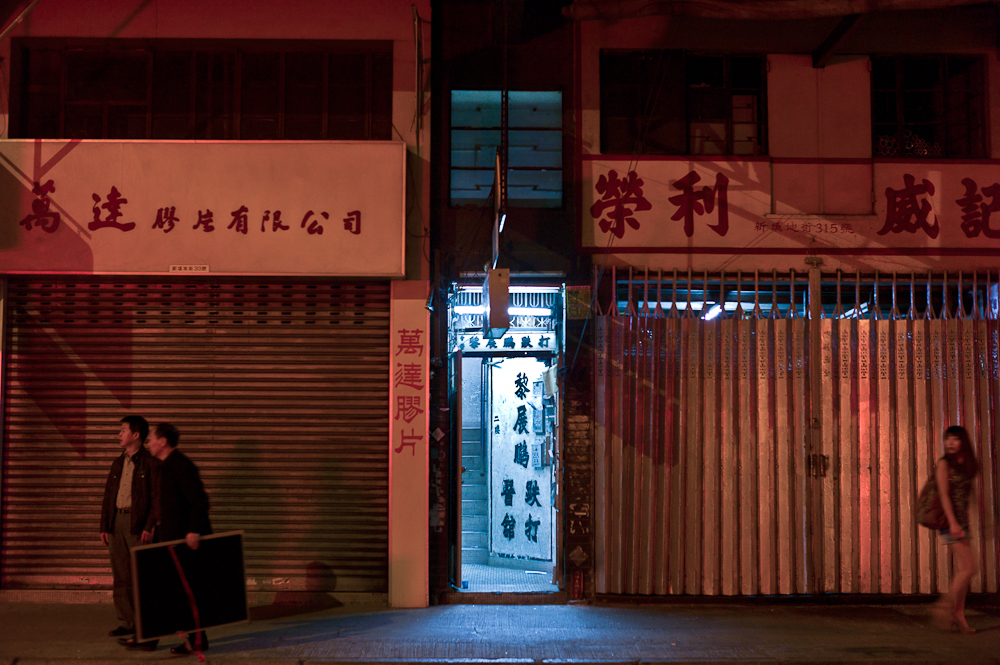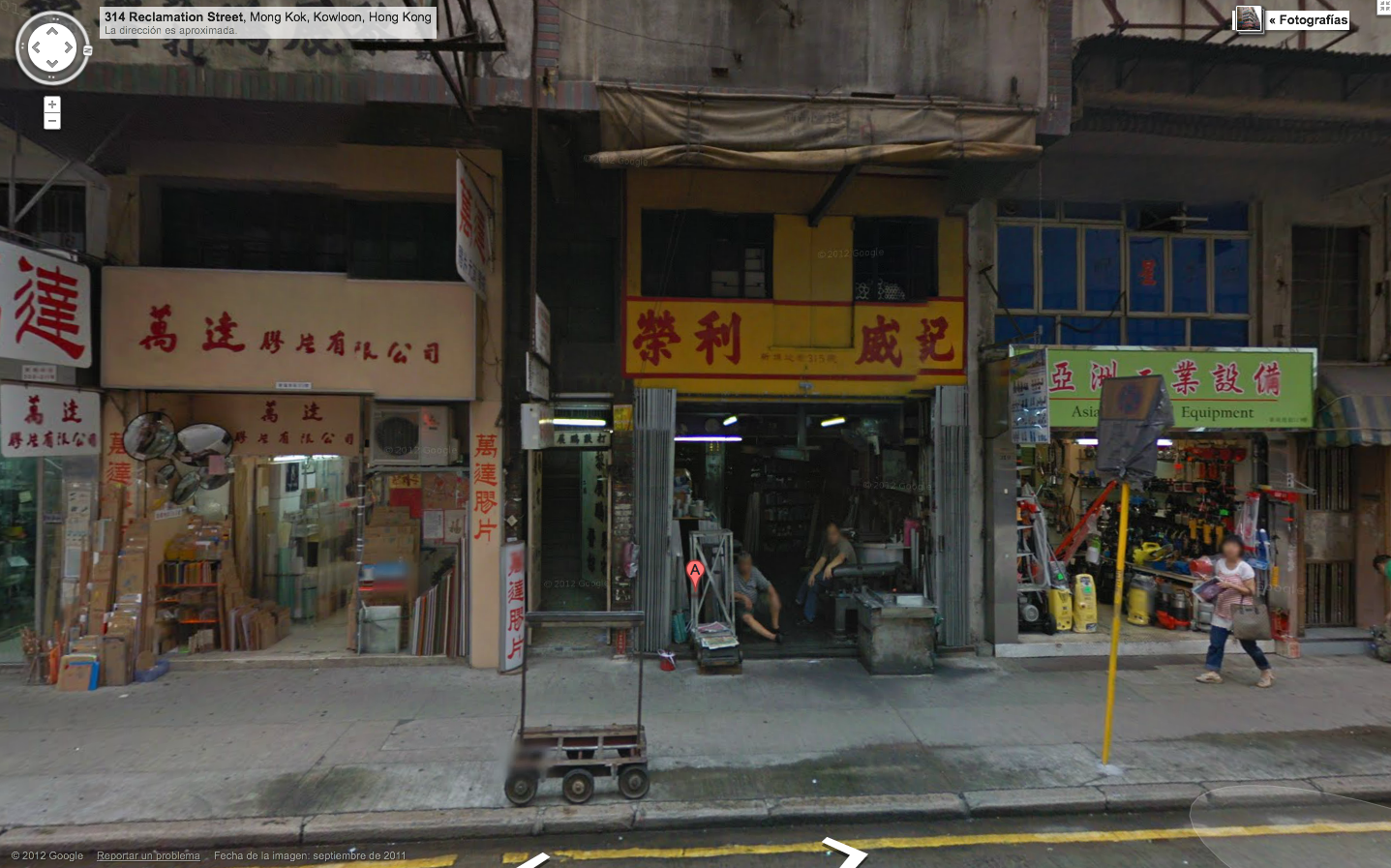Hong Kong’s Thousands of One Woman Brothels
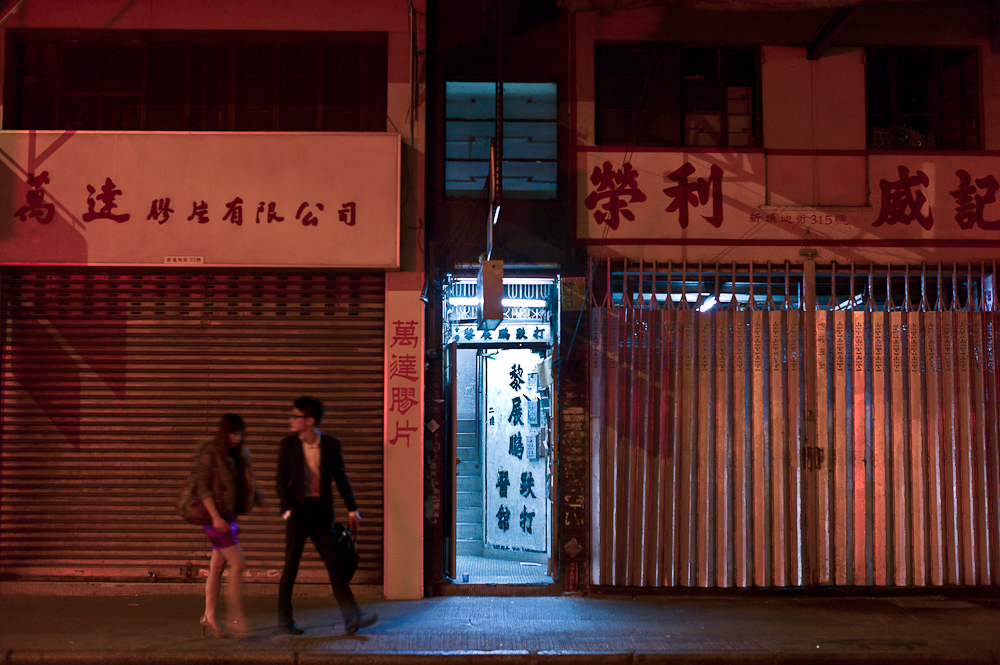
Hong Kong…a city where capitalism and laissez faire are so pure that even the brothels adhere to the tenants of a free economy. “If you want to see capitalism in action, go to Hong Kong,” is how Milton Friedman described it.
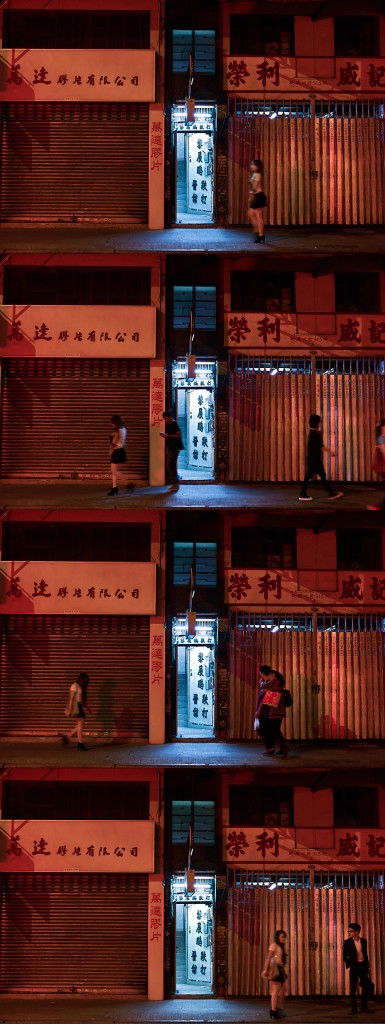
A History of Prostitution
Long before the glitzy financial center and designer boutiques emerged and made Hong Kong a consumer mecca, there was already a vibrant sex trade. Ostracized by the Cantonese, the local Tan-ka (boat people) found easy monetary gain by renting their women to foreign sailors. The ham-shui-mui, or salt-water girls, rapidly became iconic symbols of the city’s underbelly and vibrant port activities.
Today, the salt water girls are most likely foreigners. Russian girls, described as “crazy, wild, monsters” command a premium, at HK$500 for thirty minutes. Half an hour with a “mild” Malay girl fetches a mere HK$180 dollars in comparison. Local girls are the baseline at HK$250. The rates are hand written on colorful signs outside building entrances in many neighborhoods. The general feeling is of an exchange market—only that the merchandise in question is human.
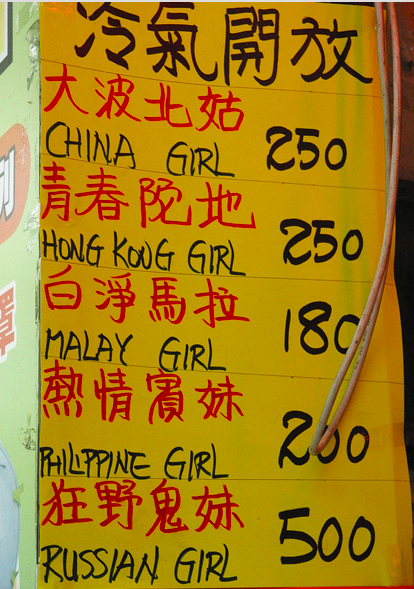
Legal Brothels
Prostitution in Hong Kong is itself legal, but “organized” prostitution is not. Any room with two or more girls offering sex services is considered a brothel. Brothels, and living off the prostitution of others (i.e organized prostitution) is not permitted. In effect this means that so long as prostitution stays out of the public eye, the government is mostly comfortable adopting a laissez-faire policy. This has lead to a unique way of avoiding the prohibition on brothels: the one-woman brothel.
New Business Models for Brothels
Seemingly an oxymoron, the “one-woman brothels” changed the landscape of prostitution in Hong Kong from the 1980s onwards. Back then, to get laid, it was cheaper to fly to Manila and stay in a five-star hotel for the weekend than have a single night out in Hong Kong. According to retired Hong Kong police officer JS Lam, “one-woman brothels became more in demand as this method of prostitution offered a more direct, no-frills way to clients. Besides, it was much cheaper than going to a sex shop, dance hall or nightclub. A client need only go to the address, press the bell, state purpose, agree on the price and deal done.” By the end of the mid-90s most of the classy ballrooms and big-spender nightclubs had disappeared.
In it’s purest commercial form this empowered girls to open their own business without the need for a middleman, and encouraged a wave of foreign Asian and Chinese girls to turn-up in Hong Kong on short term visas. What they made in a month was often more than a year back home. There is evidence that homespun operations were briefly a majority, but the triad gangs very quickly repossessed the business.
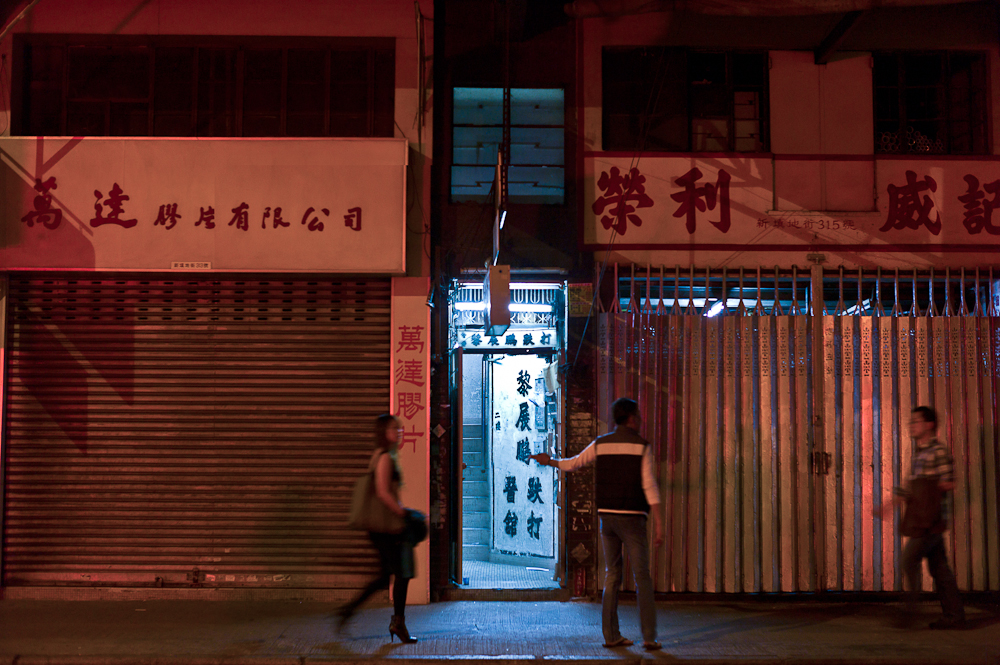
One Woman Brothels and Triad Gangs
The triad gangs own various karaoke bars and nightclubs, they often sponsor the working visas, and they also own the apartments where the girls conduct their business. The girls earn commissions on drinks and reach private arrangements with clients to meet outside of the establishments. Once a deal is reached, the client pays the club for the privilege of taking the girls out by buying the girls’ time. The girl and the client then rendezvous at the apartment. In theory what the client and the girl establish as a price is for the girl, but the club often double dips by charging “rent” to the girl.
The fact is that a large number of girls work out of small apartments all over the territory. The girls usually work on the first or second floor, making it easy for customers to walk in from the street. It is common for the rest of the building to be occupied by families. Clusters of these girls can be found in many buildings, but nowhere as much as in the streets surrounding Portland Street, in Mongkok. “Every Hong Konger knows where it is. Get to Mongkok by MTR and you will see it. I believe it is at C 2 exit,” explains a local resident.

Brothels Online
The growth of the Internet yet again transformed the landscape of prostitution in Hong Kong. Advertising on local websites (of which sex141.com is the most popular) has allowed girls to interact directly with their clients, thereby reducing the role of karaoke bars and nightclubs. This contributes to an increase in the supply of sex services offered by new groups of girls, particularly mainlanders in the New Territories. The corresponding fall in prices has made it less lucrative for the triad gangs to continue their business as before, and made them more eager to divest.
The second effect of the growth of Internet is an increase in “compensated dating”, wherein girls of all socio-economic levels sell sex so they can buy consumer goods, such as cell phones and clothes. In the best of cases the proceeds of a self-run prostitution business can be quite lucrative. A recent National Geographic reporter interviewed a woman who proudly claims, “After paying rent, I make over $100,000 a year. Since doing this work, I’ve bought three apartments for my family.”
Money exchanged, investments made. Hong Kong continues to thrive as a free-market paradise that would make Adam Smith blush.
